How to install artificial grass
- Prepare the Area
- 1.1. Getting Rid of Weeds
- 1.2. Removing Grass
- 1.3. Leveling
- 1.4. Drainage
- 1.5. Compaction
- Lay the Base
- 2.1. Filter–bed
- 2.2. Types of Base
- 2.3. Base for Turf in a House
- Artificial Grass Installation
- Grooming
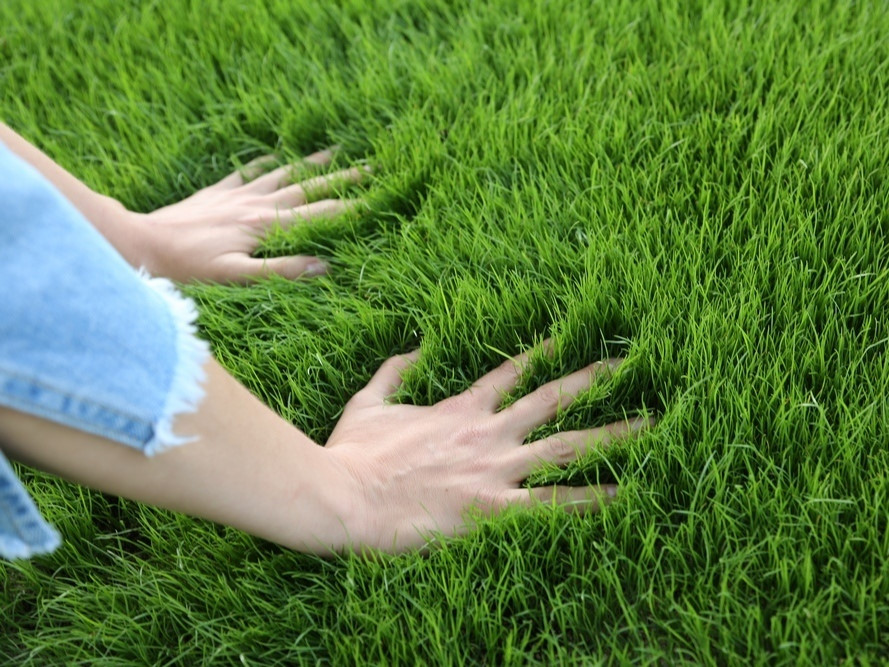
Artificial turf installation has been popular among homeowners for over 50 years. Manufacturers improve their products annually making them more durable, practical, good-looking, and affordable in terms of price. Compared to natural grass lawns, artificial turf is easier to maintain. It does not need trimming, watering, or fertilizing.
In this article, we will look at how to put artificial grass properly and keep it as good-looking as it is on the first day of installation.
Send us a request
And get a unique offer
Prepare the Area
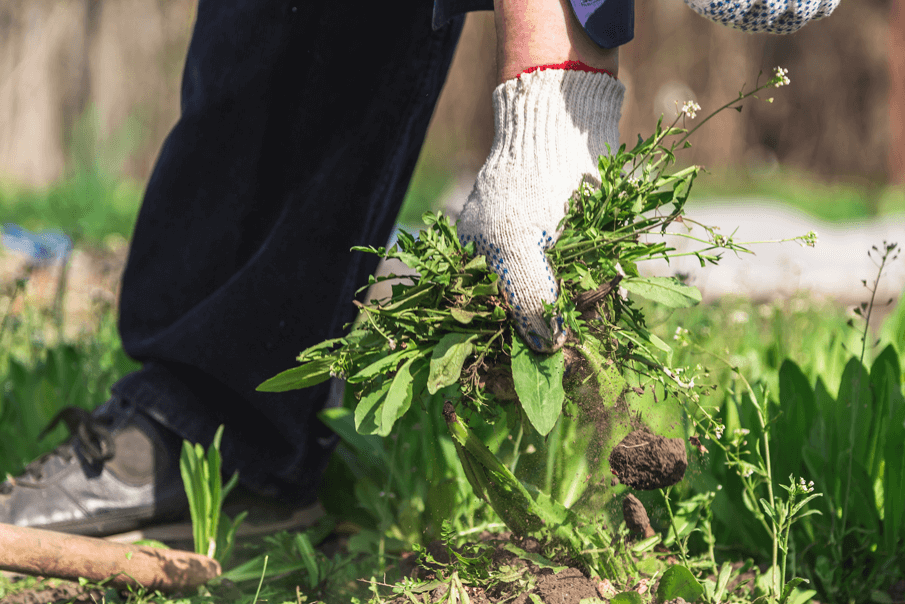
Before laying the base some steps are necessary to follow.
Getting Rid of Weeds
Soil preparation for a lawn begins with cleaning the allotted area. If grass grows on it, it must be removed. There may also be old shrubs, trees, stumps. For the site to have an esthetic look, not only is it necessary to cut down their visible parts but also to uproot everything. This is hard work, but it will bear fruit in the future.
Removing Grass
If you have natural grass in the area, you need to get rid of it. The first is removing a thin layer of turf from the topsoil with a sod cutter or gardening hoe. You may also spray weed killer to the sod first but you will still have some excavation to do to get to the soil layer.
Leveling
Dig out a thin layer of the soil. Its depth must be about the thickness of your artificial turf. You should pay attention to the evenness of the surface. Sometimes there are elevation differences, bumps, ruts.
In this case, it is better to plan the site so that it becomes homogeneous. Optionally you can make a slope, but it should also be even. It is convenient for the places where a lot of moisture accumulates. All protruding parts of the surface must be removed.
Drainage
If there is a lot of clay or sand in the soil, additional drainage is required. Drainage ditches can be made. In the most difficult cases, special pipes are laid, which help water to flow down.
Compaction
When these works are completed, watering of the site is done so that the ground settles. Then you need to wait until it is completely dry and start tamping the soil. Garden rollers can be used for it.
Lay the Base
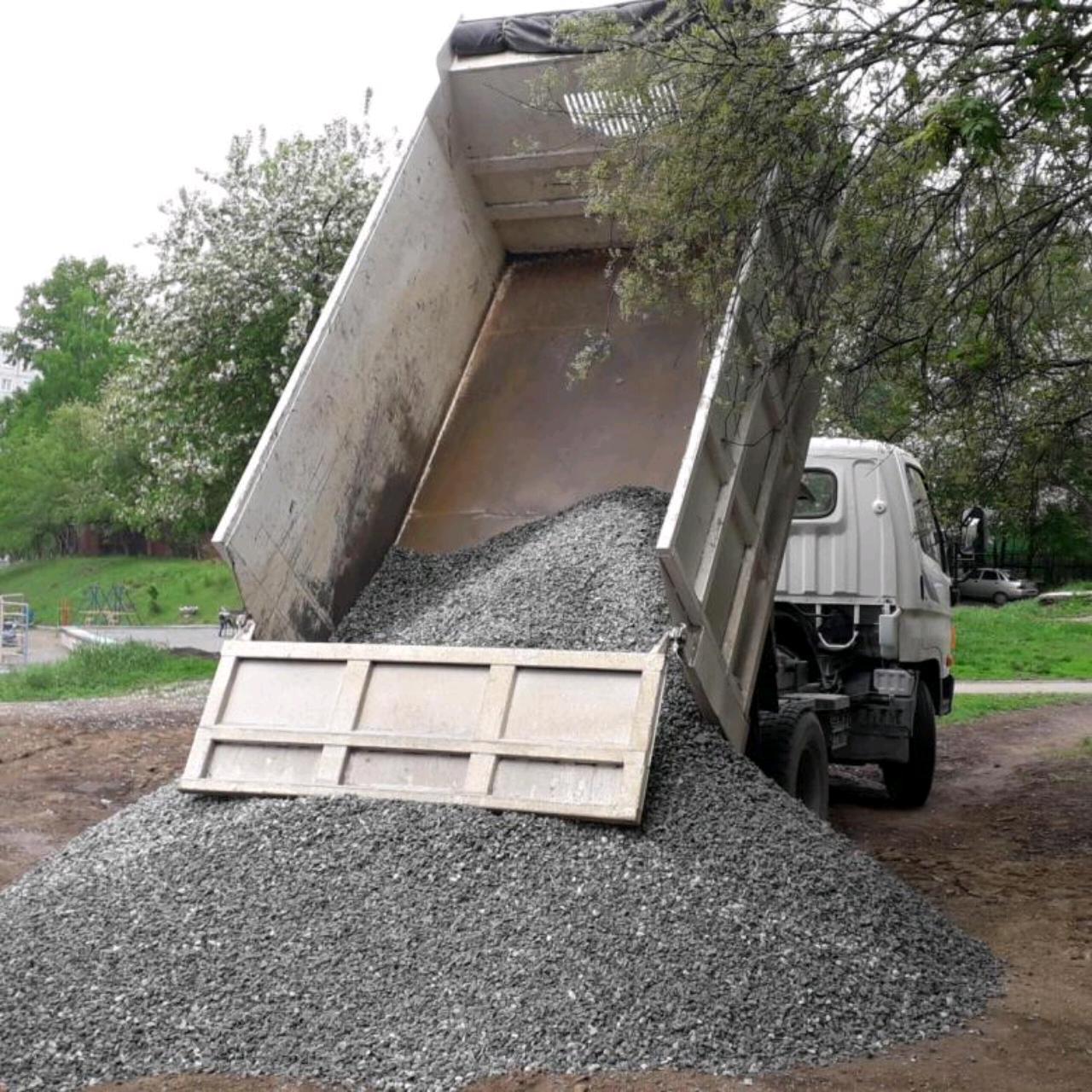
Gravel Base / Bedding course
The filtering layer or “geo-fabric or Textile” is placed on top of the compacted soil sub-base. Its task is to avoid soil penetration into the turf system. Next a layer of clean pea sized gravel stone and/or sand course is spread over the fabric layer and compacted. This acts to level the grass & help with water drainage through the turf system.
Types of filter layers:- Geotextile fabric
- 2” compacted #89 gravel stone or paver sand;
Base for Turf in a House
The base for artificial turf in a backyard consists of drainage, crushed stone, and filter fabric underlay. But Artificial grass can be laid indoors: in a children's room, veranda, balcony, loggia as well. In this case, the base may be:
- wooden flooring;
- concrete pavement;
- rubber underlayment.
In these cases you will need to use an adhesive to adhere Turf to base.
Artificial Grass Installation
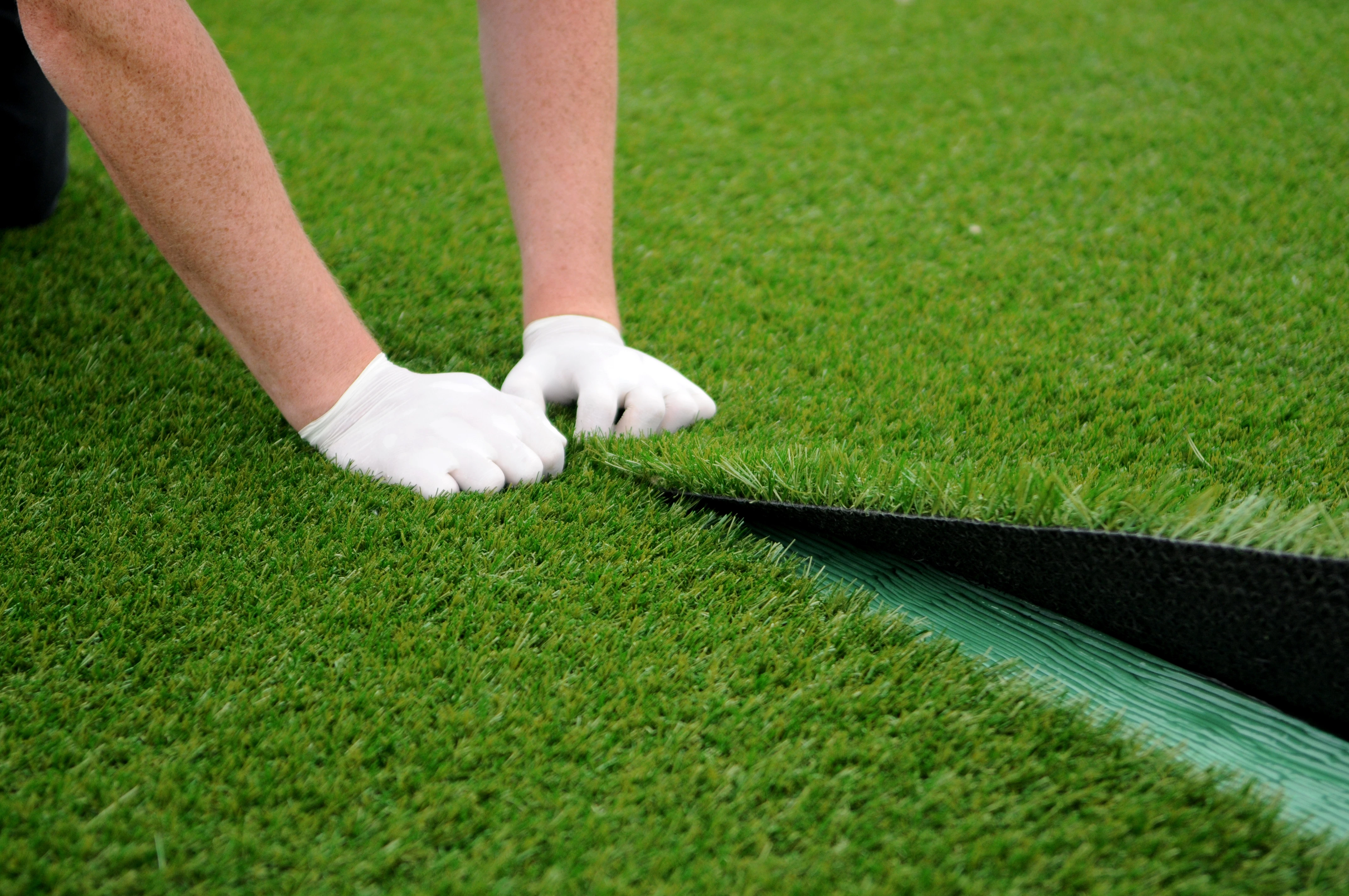
- Mark the borders of the area where grass will be installed. You can either draw lines or stretch strings.
- Measure the size of the area.
- Roll out your turf. Cut it to the necessary shape and size.
- Roll the grass back in. Place it on the installation surface and roll it out. Don’t drag the grass – it can be damaged.
- Seam the pieces of turf together. Gaps between them should be unnoticeable. Cut off extra turf if there is some.
- Place a seam tape along the joints of turf pieces. Ask someone to lift the edges of the grass, put glue on a tape, and fasten the edges of the pieces together.
- Let the glue dry. You can place some heavy objects along the seams for them not to loosen.
- Fix the whole structure with nails. Hammer them into the seams and along the perimeter of the grass area. Be careful and don’t press them too deep as it can cause dips.
Grooming

Even though artificial turf is easy to maintain, the newly installed construction must be brushed regularly (during the first month it should be done once a week). The grass is combed with a special rectangular or triangular brush. After 1 - 1.5 months after laying, you can comb the coating less often, for example, once a month.
Note: For brushing artificial grass, choose a medium-sized, soft-bristled brush.
Although quality products have a dense underlay, some weeds still manage to grow through them. That’s why it is recommended to inspect the turf for the presence of weeds from time to time.
Also, it is necessary to remove garbage from the surface regularly. It can be done manually or with a garden vacuum cleaner. If a stain has formed on the turf, you can wash it off with soapy water.
Note: Do not place large or heavy objects on the artificial grass – it can deform.
Now that you know how to install artificial turf, you can easily transform your yard with a green lawn that will delight you and your family with practicality and low maintenance.
Get a quote for free!
Complete the form below, and we'll call you to
discuss your exact project requirements






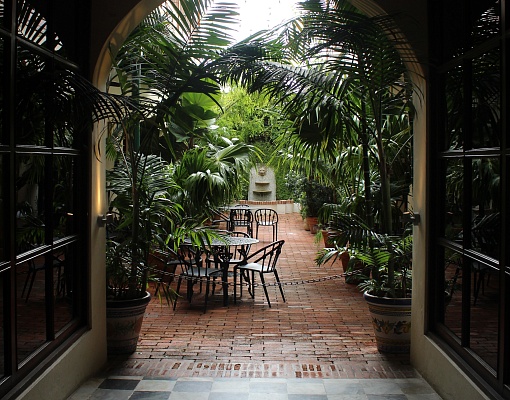

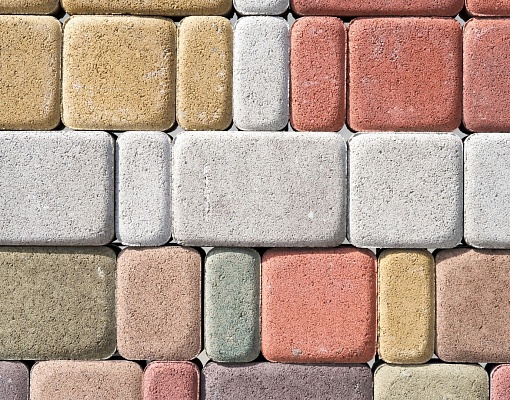

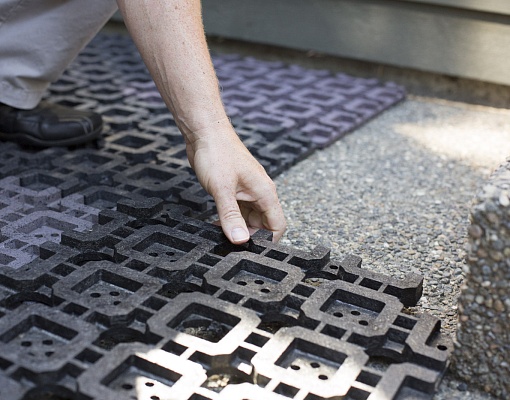
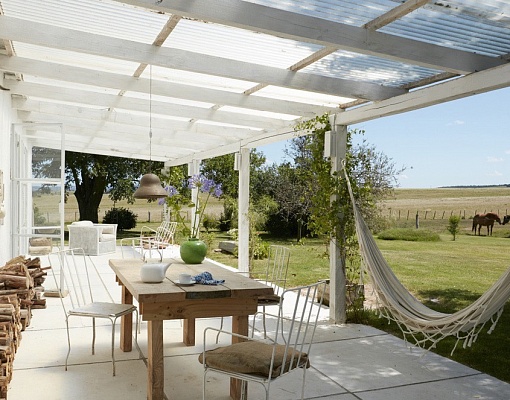
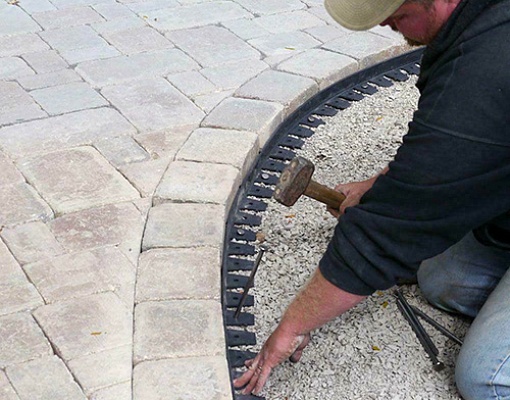
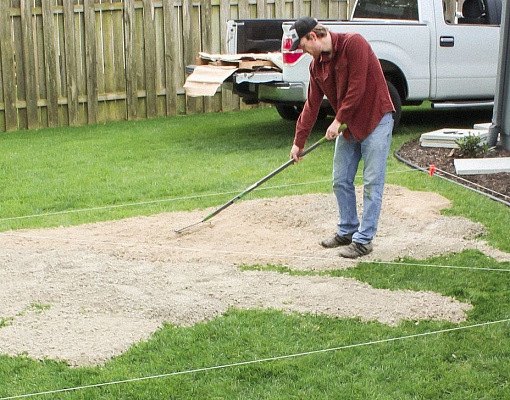
Leave a comment